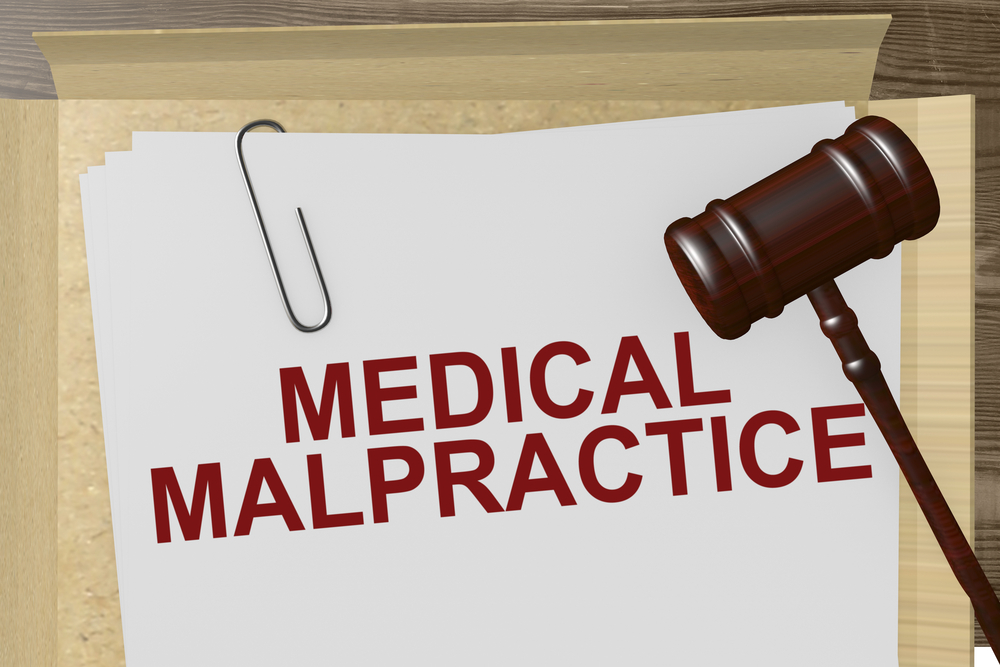Infection $20M
A $20 Million Lesson: When the Failure to Sterilize Ends a Career
A patient seeking treatment for chronic pain trusts their surgeon to uphold the highest standard of care. This expectation is especially in an elective procedure. That trust broke when a surgery shortcut and a critical lapse in sterilization protocol led to a severe infection. A professional athletic career ended and led to an infection medical malpractice lawsuit.
In a medical malpractice verdict, a jury awarded the patient $20 million against an orthopedic surgeon. The case serves as a stark warning. It is a profound reminder of the consequences when a doctor violates fundamental guidelines designed to protect patient safety.
The story centers on a surgery intended to correct chronic leg pain caused by stress fractures in both shins. This should have been a routine procedure to extend the career. Instead, it became a series of operations after the doctor placed improperly sterilized surgical plates into his legs. This medical malpractice led to subsequent deep-tissue infection. It ended his professional career. It also forced him to undergo 13 to 14 additional surgeries. These left him unable to walk without pain.

The core issue of medical malpractice, according to the lawsuit, was twofold. A failure to adhere to strict sterilization protocols and the failure to obtain informed consent. Mid-procedure, the proper, fully sterilized steel shin implants were reportedly not available. The doctor chose to rush replacement hardware through a non-recommended sterilization process known as “flash steam sterilization” before placement. An infection followed, leading to years of physical and emotional suffering.
What Are Shin Implants and How Do Doctors Use Them for Chronic Leg Pain?
In the context of elite athletes, chronic leg pain is often the result of tibial stress fractures—tiny, hairline cracks in the shin bone that occur from repetitive stress and overuse. When rest and physical therapy fail to heal these fractures, they can become a source of debilitating, career-threatening pain.
The implants to treat this condition—what are “shin implants” in regular terms—are typically metal plates and screws. This hardware is surgically affixed to the bone to provide internal fixation, stabilizing the fracture site and offloading stress so the bone can properly fuse and heal. It is considered a permanent piece of hardware intended to remain in the body for the patient’s lifetime.
This case involved plates for fractures. For other types of chronic nerve-related leg pain, doctors use a very different kind of implant: the spinal cord stimulator (SCS). An SCS is a device with electrodes near the spinal cord, and a generator under the skin, that sends electrical impulses to interrupt or block pain signals before they reach the brain. Both types of implants, whether plates or stimulators, must be surgically placed and are considered foreign bodies, making their preparation a matter of paramount safety.
The Peril of “Flash Steam Sterilization” for Permanent Hardware
The sterilization method at the heart of the case—flash steam sterilization—is a term now largely replaced by the professional guideline term Immediate-Use Steam Sterilization (IUSS). It is important to understand how medical malpractice led to the infection in this case.
IUSS is a rapid process where unwrapped medical instruments are subjected to an abbreviated steam exposure time for immediate use. It is distinct from standard or “terminal sterilization.” That uses a validated container or wrapper designed to maintain the instrument’s sterility indefinitely. IUSS should be the rare exception, reserved only for genuine emergencies, such as when an instrument is contaminated or inadvertently dropped during a procedure and is non-replaceable.
Why is IUSS not recommended for permanent orthopedic hardware?
- Risk of Contamination During Transfer: Unlike terminal sterilization where items are wrapped and protected, IUSS items are typically unwrapped or loosely contained. This creates a high risk of contamination during the time the hot, wet item transfers from the sterilizer to the sterile field.
- Conflict with Manufacturer Instructions (IFUs): Complex devices and orthopedic implants often have specific Instructions for Use (IFUs) that require precise, lengthy exposure and dry times only achieved in a terminal sterilization cycle. Using a short IUSS cycle can violate these instructions and compromise sterility.
- Abuse as Convenience: National standards, including those from the Joint Commission, advise that a doctor must not use IUSS for mere convenience or as a substitute for insufficient instrument inventory. In this case, the doctor did the sterilization in a “rushed attempt” to avoid rescheduling an elective surgery—a clear case of using IUSS for convenience, not a true emergency. For permanent implants, this abbreviated process introduces an unacceptable level of risk.
A Vicious Cycle: How Hardware Infection Results in Multiple Surgeries Following Medical Malpractice
An infection involving foreign orthopedic hardware, such as a metal plate, is one of the most feared complications in surgery. It often triggers a devastating cycle of one surgery after another, as the plaintiff experienced.
The root of the problem lies in biofilm formation. When bacteria contaminate the implant, they quickly adhere to its metallic surface and encase themselves in a protective, slimy matrix known as a biofilm. This biofilm acts as a shield, making the bacteria highly resistant to the patient’s immune response and rendering systemic antibiotics largely ineffective.
For the infection to fully heal, the doctor often has to remove the source of the biofilm—the foreign hardware. The typical multi-stage surgical protocol to address a deep hardware infection includes:
- Initial Debridement and Hardware Removal: The first surgery involves aggressively cleaning out the infected tissue (debridement), removing the infected plates and screws, and sending tissue cultures to identify the exact bacteria.
- Placement of an Antibiotic Spacer: With the hardware gone and stability potentially compromised, the surgeon may insert a temporary antibiotic spacer (or cement) impregnated with high doses of antibiotics into the surgery site. The patient must then complete a lengthy course of intravenous (IV) antibiotics, sometimes for six weeks or more.
- Re-Implantation of New Hardware: Blood tests confirm that the infection is completely clear. Only then will the patient return to the operating room. That is for a third or even fourth surgery to remove the temporary spacer and implant new, definitive, sterile hardware.
The necessity of removing the infected hardware and performing these serial cleanings and re-implantations is precisely why a single surgical complication can quickly become a series of debilitating, life-altering operations.
Upholding the Standard of Care and Preventing Infection Medical Malpractice
This case is a powerful example of a medical professional violating the standard of care. He chose a path of convenience over patient safety. When the doctor could not meet the standard sterilization protocol for the permanent hardware, he should have canceled the elective surgery and rescheduled.
Ultimately, the jury agreed that the doctor committed malpractice. He used the “flashed implants” and screws and concealed the intraoperative chaos. These were the direct cause of the plaintiff’s resulting infection, physical pain, emotional suffering. They also ended his professional career. The $20 million verdict included significant non-economic damages for his lifetime of pain and suffering. It highlights the law’s mandate. Patient safety protocols, especially sterilization, are not optional. The failure to follow them carries immense liability.
Cautionary Note
Many medical malpractice inquiries in infection situations do not become cases because the source of the infection cannot be proven.
You can read Blog Posts on other Verdicts.
If you have a potential medical malpractice lawsuit, see below to contact the Kopec Law Firm.
Mark Kopec is a top-rated Baltimore medical malpractice lawyer. Contact us at 800-604-0704 to speak directly with Attorney Kopec in a free consultation. The Kopec Law Firm is in Baltimore and helps clients throughout Maryland and Washington, D.C. Thank you for reading the Baltimore Medical Malpractice Lawyer Blog.





